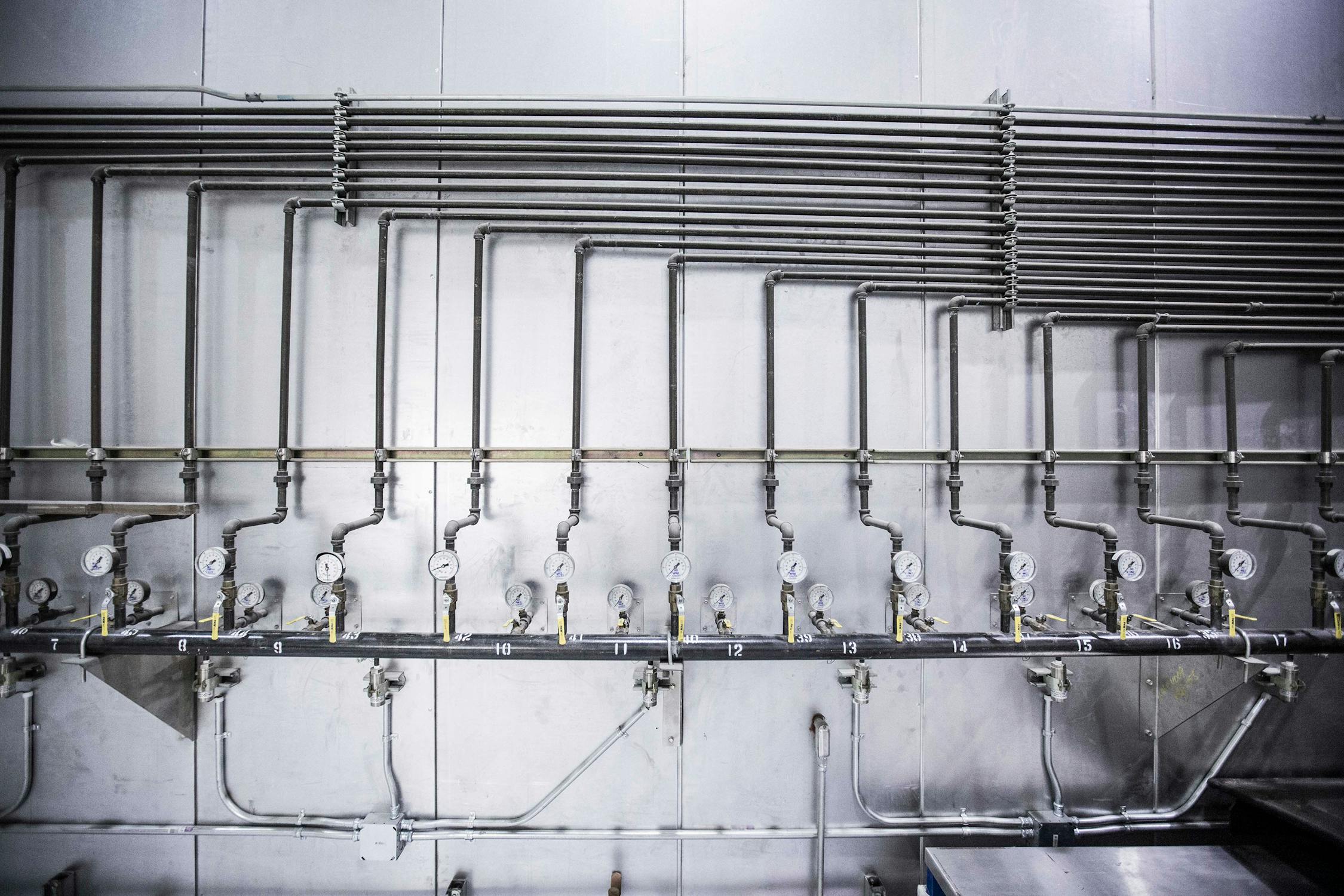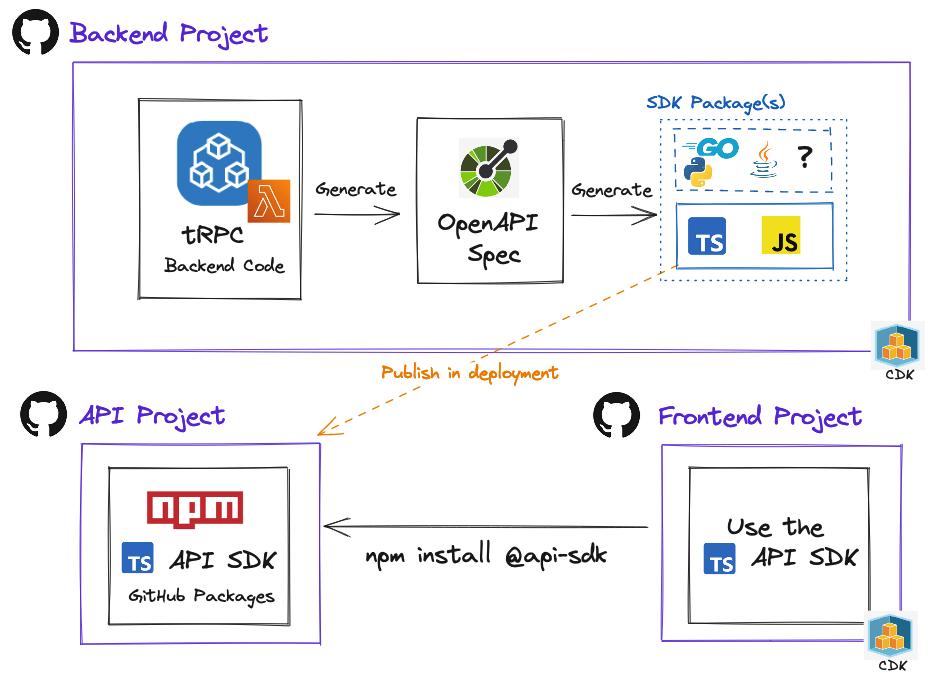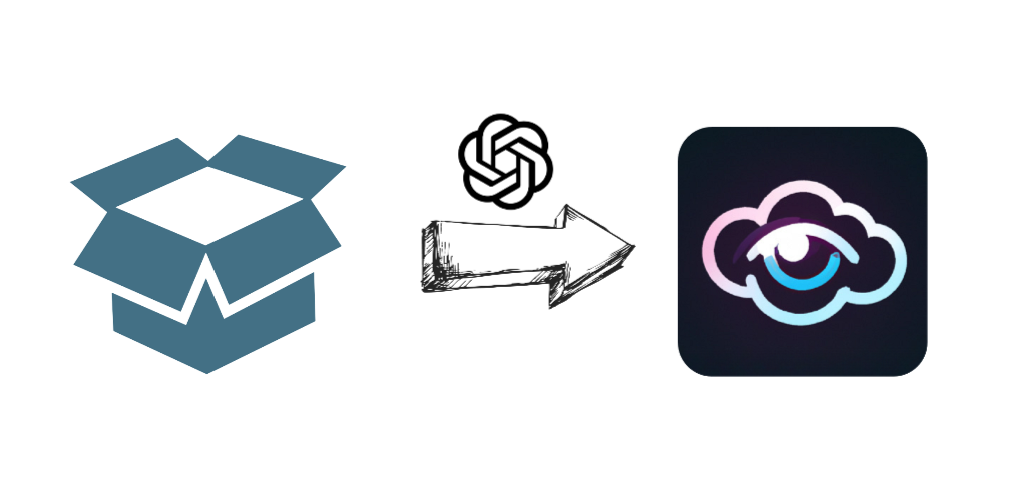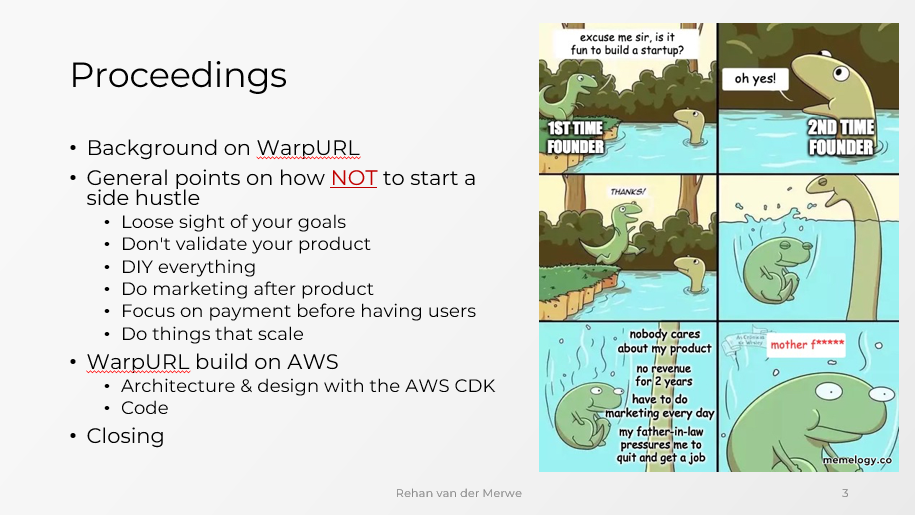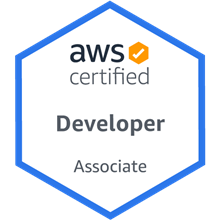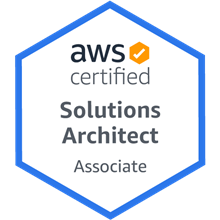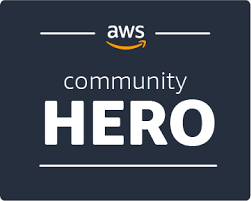👋 I'm Rehan!
I make things go fast with AWS Serverless
Turning an unhealthy amount of coffee into outcomes by delivering value beyond code. I am an AWS Community Hero and Founder of Cloud Glance which I am building in public.
Recent Posts
Tags
AWS (30)
CDK (17)
DevOps (3)
Pipeline (2)
Lambda (8)
Architecture (9)
Serverless (15)
DSQL (1)
Database (1)
Github (1)
tRPC (1)
ECS (1)
CloudGlance (4)
JS (2)
Retrospective (7)
AI (1)
Slides (3)
TypeScript (2)
DX (1)
Microservices (3)
Databases (3)
DynamoDB (3)
AutoScaling (1)
Containers (1)
ECS Fargate (1)
Athena (1)
BigData (1)
EC2 (1)
Ops (1)
NodeJS (2)
PHP (1)
General (2)
Archive
2025 June (1)
2025 March (1)
2025 January (1)
2024 December (1)
2024 February (1)
2023 October (1)
2023 August (1)
2023 June (1)
2023 January (2)
2022 December (1)
2022 November (3)
2022 October (1)
2022 August (1)
2022 June (1)
2022 May (1)
2022 January (2)
2021 December (1)
2021 November (2)
2021 August (2)
2021 July (2)
2021 April (1)
2021 January (1)
2020 October (1)
2020 July (2)
2020 May (1)
2020 February (1)
2019 November (1)
2019 September (1)
2019 August (2)
2019 May (1)
2019 April (3)
2019 March (1)
2019 January (3)


